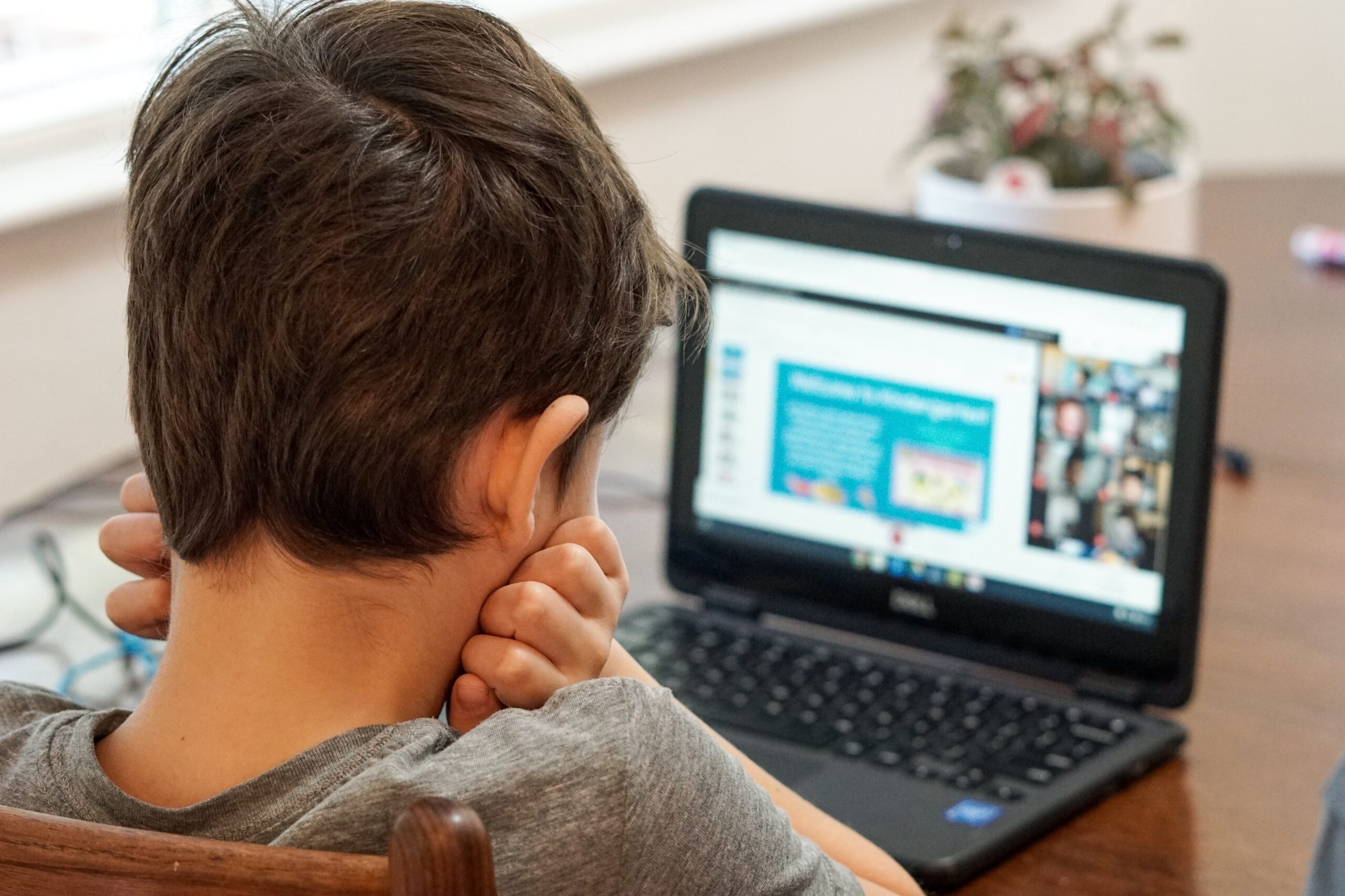How Remote Learning During COVID Impacted Students with Extensive Support Needs

How Remote Learning During COVID Impacted Students with Extensive Support Needs
“The social isolation was one of the most heartbreaking findings,” says study lead author Zachary Rossetti.
How did remote learning during the COVID-19 pandemic impact students with extensive support needs (ESN)? Students with ESN are those with the most significant support needs who often take the alternate assessment (in-state testing). They are often diagnosed with cognitive impairment, multiple disabilities, or other developmental disabilities, and have additional health, physical, communication, or mental health needs.

Associate Professor Zachary Rossetti, along with five other researchers (including BU Wheelock colleague Donna Lehr and doctoral students Tashnuva Shaheen and Katie Baulier), interviewed eight mothers of students with ESN to learn how remote instruction during COVID-19 school closures impacted their children’s educational experiences. We sat down with Rossetti to learn more about this study, which he and his coauthors wrote about in the recently published article, “Parent Perceptions of Remote Instruction for Students with Extensive Support Needs.”
Q&A
with Zachary Rossetti
BU Wheelock: What made you decide to explore the impact of COVID-19 on students with ESN?
Rossetti: During COVID-19 school closures, everyone was worried about kids not being in school and wondering what remote instruction was going to look like. People were talking about students with disabilities, but we didn’t think anyone was talking about students with extensive support needs, who are often marginalized in the school system in different ways.
We thought the impact of the school closures were potentially doubly bad for students with ESN, because many of these students rely on hands-on instruction with concrete objects, physical, speech and language, and occupational therapies, and in some cases, 1:1 paraprofessional support.
BU Wheelock: One of the primary takeaways from the study was the social isolation felt by students with ESN. Can you tell us more about this?
Rossetti: The social isolation was one of the most heartbreaking findings. For students with ESN, remote learning was highly unsuccessful. A lot of these students rely on classmates for peer models or love going to school for the social interactions with classmates. None of that was happening.
These students didn’t have the support to interact on Zoom meetings or on synchronous activities with their classmates. They might have been there, but it Zoom instruction was too fast, and they weren’t interacting. And then other students might have gotten together at the park after class, and largely, students with ESN were not doing any of that.
One parent, Rachel, is quoted in the research article describing communication challenges in the context of remote learning:
I know, in-person, he [Jean] has an easier time navigating that situation. It’s just really hard for someone who has difficulty speaking. You can understand him a lot better when you’re in-person than when you’re split off and you’re just boxes on a screen.
BU Wheelock: You discuss the toll that remote learning took on the families of students with ESN. Can you say more about this?
Rossetti: In terms of the paraprofessional support, kids who had 1:1 paras were trying to get on Zoom without their 1:1 paras, and that led to another finding, which was that parents had to become the 1:1 paras, or teachers, if they could. They encountered difficulties because they had other kids, and they had their own jobs.
One example stands out where one parent named Ali, a baker who brought her daughter to get on the Zoom calls at the restaurant while she was trying to make cakes and keep track of her daughter. It was a mess in so many ways. Ali said:
While I was able to be a part of a lot of the virtual school, I was still working. So, I still had to do my job, which is working in a restaurant. So, you know, trying to coordinate baking a cake, while I’m popping over here to make sure Marie was trying to do what she needed to do . . . you know, it was super fun [sarcastic tone].
It really didn’t work for the students at all, but it also took a toll on the families. Some families were brutally honest in the interviews, saying things like, “I felt so guilty, like I was failing my daughter during this time.” It was really tough, academically and socially.
BU Wheelock: But there were also some unexpected benefits, right? Can you tell us more about them?
Rossetti: I swear I will always remember this. When we were interviewing one of the participants, she said she had wanted to get on the same page with the school about what her son was learning so she could help out and be consistent at home, but prior to the pandemic, the school wouldn’t give her access to Google Classroom. But then, during the pandemic when everything was remote, everyone had access to Google Classroom. A couple of parents talked about prompting their child to raise their hand on Zoom, or they raised their hand for them, and they reported that their children may have participated more. Those benefits were the silver lining.
The other benefit was the IEP (Individualized Education Program) meetings by Zoom. Moving these meetings by Zoom allowed people that work, commute, or have other kids, to attend. It also allowed parents to bring another friend, which is helpful because they’re always outnumbered in IEP meetings. Hopefully, this is a change that also continues.
BU Wheelock: What are a few key takeaways you’d like us to learn from this research?
Rossetti: Going remote was an extreme situation, but it highlighted how students with these disabilities and support needs are “barely included.” As soon as school closures happened, the experiences for students with ESN were just so much worse than other students. If schools are going to go remote for some reason again in the future, they need to allow for paraprofessional support, delivering concrete materials, and supporting parents.
One piece that comes out of this is the importance including students with ESN more in schools, especially social connections. If there ever were to be another pandemic, we’d need to account for social connections. We can’t allow for that level of social isolation.
I hope the other piece that comes out of it is the ongoing use of these unexpected benefits. Parents said, “I wish we could talk to these teachers more regularly; this has been great.” Pieces around inclusion and parent-professional partnerships and collaboration really stood out and should continue.

Comments & Discussion
Boston University moderates comments to facilitate an informed, substantive, civil conversation. Abusive, profane, self-promotional, misleading, incoherent or off-topic comments will be rejected. Moderators are staffed during regular business hours (EST) and can only accept comments written in English. Statistics or facts must include a citation or a link to the citation.